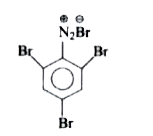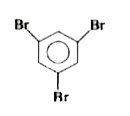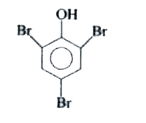The end product of ornithine cycle is
Ammonia
Urea
Arginine
Carbon dioxide
The correct Answer is:B
To solve the question regarding the end product of the ornithine cycle, let's break down the steps involved in the cycle:
1. Understanding the Ornithine Cycle: The ornithine cycle, also known as the urea cycle, is a series of chemical reactions that occur in the liver. Its primary function is to convert ammonia, which is toxic, into urea, which can be excreted from the body.
2. Formation of Carbamoyl Phosphate: The cycle begins in the mitochondria where a molecule of ammonia (NH3) combines with carbon dioxide (CO2) to form carbamoyl phosphate. This reaction is catalyzed by the enzyme carbamoyl phosphate synthetase.
3. Reaction with Ornithine: The carbamoyl phosphate then reacts with ornithine, an amino acid, to produce citrulline. This reaction takes place in the cytoplasm and is facilitated by the enzyme ornithine transcarbamylase.
4. Formation of Arginine: Citrulline then combines with another molecule of ammonia (NH4+) to form arginine. This step is catalyzed by the enzyme argininosuccinate synthetase.
5. Hydrolysis of Arginine: Finally, arginine is hydrolyzed by the enzyme arginase to produce urea and regenerate ornithine. Urea is the end product of the ornithine cycle and is excreted from the body through urine.
6. Conclusion: Therefore, after analyzing the steps of the ornithine cycle, we conclude that the end product is urea.
Final Answer:
The end product of the ornithine cycle is urea.
---
The end product of the ornithine cycle is urea.
Similar Questions
Knowledge Check
- Question 1 - Select One

The end product Y is :A B
B C
C D
D
- Question 2 - Select One
The end product of reaction is :
 A
A B
B C
C D
D
- Question 3 - Select One
Ornithine cycle occurs in:
AheartBliverCmusclesDkidney



